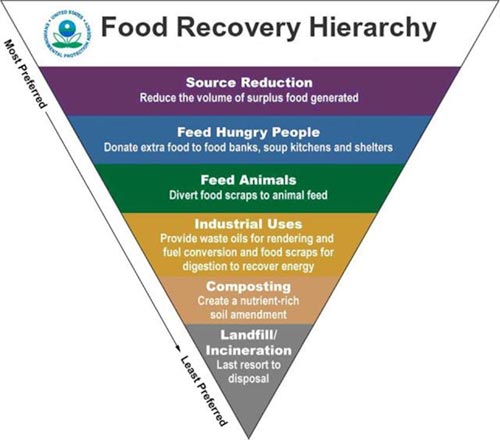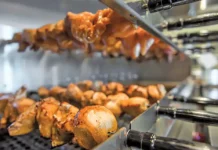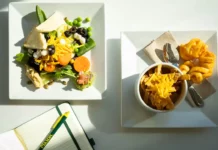
Article contributed by The Green Restaurant Association
In the United States, 40% of all food goes to waste. Restaurants are a big part of this story, with each one sending annually about 50,000 pounds of food to landfills, which emits harmful greenhouse gases. It’s important for restaurants to reduce the amount of food waste created in the first place, and when there is unavoidable food waste, restaurants need to dispose of it in the most environmentally responsible way.
The graphic below is EPA’s food recovery hierarchy, which helps prioritize and identify ways to reduce how much waste gets sent to the landfill. EPA’s Food Recovery Challenge is a great resource to help your business assess your current restaurant food waste, and then help you prevent and divert future waste.
 Reducing your restaurant food waste isn’t just good for the environment, but also for business. Creating less waste can decrease your waste hauling bill, improve employee morale, and retain customers. According to a Unilever survey, 72% of diners are concerned about how food waste is handled. Here are some ways that your restaurant can reduce its food waste.
Reducing your restaurant food waste isn’t just good for the environment, but also for business. Creating less waste can decrease your waste hauling bill, improve employee morale, and retain customers. According to a Unilever survey, 72% of diners are concerned about how food waste is handled. Here are some ways that your restaurant can reduce its food waste.
Smaller Portion Sizes
The average portion size of our meals has increased 138% since 1970. Offering smaller portion sizes, such small plates or half sizes, encourages less leftover food. By offering smaller portions, restaurant can earn 2.25 GreenPoints™ towards becoming a Certified Green Restaurant®.
Zero Waste Cooking
Try to utilize all parts of vegetables, fruits, and animal products. Implementing nose-to-tail cooking, a type of cooking that uses the whole animal, can bring a creative advantage to your dishes and also help to reduce waste. Many parts of vegetables that are often overlooked, such as carrot tops and Brussel sprout leaves, can also be incorporated into dishes or used to make stock. Here are some creative ways to use every part of a fruit or vegetable.
Food Donations
If you have edible leftovers at the end of the day, consider donating to a local food bank or a food rescue organization. 1 in 6 Americans don’t know where their next meal is coming from, so donating your food can make a difference in your community and keep excess food out of the landfill. Many restaurants are understandably concerned about the potential liability issues when donating food, but under the Bill Emerson Good Samaritan Food Donation Act and the Federal Food Donation Act, restaurants are able to donate food without fear of repercussions. Here are some resources for donating your leftover food:
Composting
For the food that is no longer edible, composting is the most sustainable way to dispose of your waste. If you send food to the landfill, all the resources that went into growing the food are wasted. Composting turns your food into a usable soil amendment, which can be utilized to fertilize, grow crops, and provide feeding grounds for livestock.
Additional resources to reduce your restaurant food waste: Resources from the EPA
Click here for additional articles from The Green Restaurant Association























